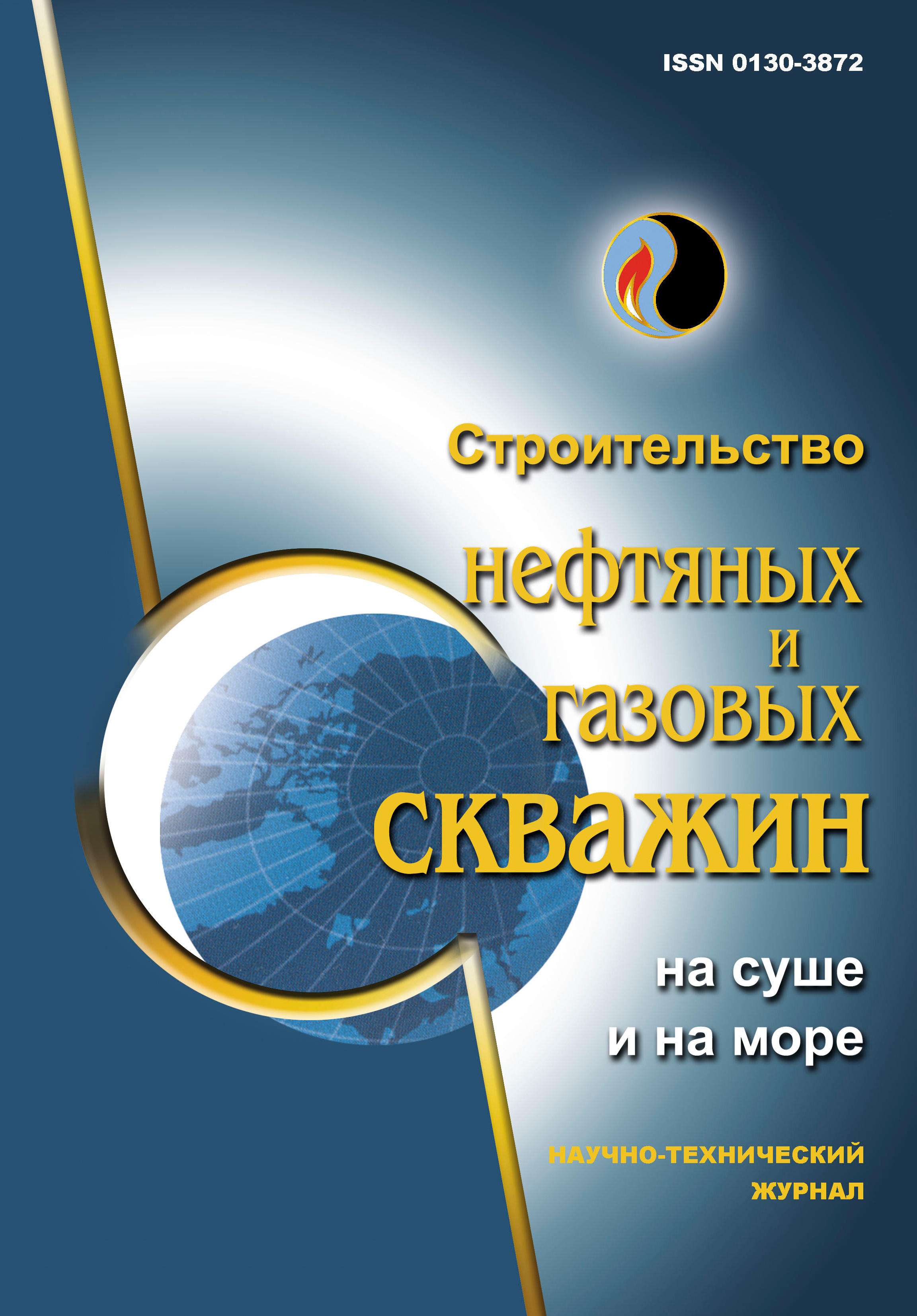Diagnostics of a gas turbine engine by thermodynamic parameters
UDC: 62-91:62-13:62-97
DOI: 10.33285/0130-3872-2022-10(358)-12-18
Authors:
BUNYAKIN ALEXEY V. 1
1,
VELICHKO EVGENY I. 1
1,
INOZEMTSEV DMITRY A. 1
1,
STEPANOV MIKHAIL S. 1
1
1 Kuban State Technological University, Krasnodar, Russia
Keywords: parameters of the gas path of a gas turbine engine, diagnostics of the technical state, trends in the change of dimensionless diagnostic parameters
Annotation:
Diagnostics of a gas turbine engine by measuring the gas path parameters and direct statistical analysis of these values is not very effective due to the fact that these parameters directly depend on the engine operational mode. At the same time, the operational mode of the axial compressor and turbine is mainly associated with a change of the shaft rotational frequency (or the internal and external shafts, in case of a two- or three-shaftscheme). In this case, there occurs a change of the gas flow mode (mass flow and, as a result, temperatures at the compressor compression stages and turbine throttling). Even in the presence of pressure and temperature sensors in the immediate vicinity of the rapidly rotating impellers, the relationship of the parameters taken from them (their dependence on the mode) greatly limits the data processing reliability. The batch addition to the vibration sensor data of the measurement information only complicates the statistical analysis without increasing the reliability of the conclusions about the technical state of the gas turbine engine. At the same time, mathematical modeling methods are of particular relevance, since as a result of calculations they make it possible to find parameters that are not directly measured, but are important for assessing the state of the engine. These diagnostic parameters – dimensionless, slightly changing with a not too significant change in the operational mode – allow making conclusions about a change in the state of a gas turbine engine based on systematic changes during a long-term operation (trends).
Bibliography:
1. Bunyakin A.V., Torbeev S.A. Diagnostika protochnoy chasti aviatsionnykh GTD na primere TRDD D-36 // Nauch. vestn. MGTU GA. – 2006. – № 109. – S. 30–37.
2. Bunyakin A.V., Torbeev S.A. Diagnostirovanie TRDD D-36 s ispol'zovaniem novoy matematicheskoy modeli // Nauch. vestn. MGTU GA. – 2006. – № 109. – S. 38–43.
3. Gas Turbine Driven GPU Diagnostics by the Gas Path Parameters / D.A. Inozemtsev, E.I. Velichko, A.V. Bunyakin, A.V. Muzykantova // IOP Conf. Series: Earth and Environmental Science. – 2021. – Vol. 720. Int. science and technology conf. "Earth science", 25-26 Jan., 2021, City of Vladivostok, Russian Federation. – DOI: 10.1088/1755-1315/720/1/012076
4. Velichko E.I., Inozemtsev D.A. Rol' parametricheskoy diagnostiki v obshchey sisteme opredeleniya tekushchego tekhnicheskogo sostoyaniya gazoperekachivayushchikh agregatov // Problemy geologii, razrabotki i ekspluatatsii mestorozhdeniy i transporta trudnoizvlekaemykh zapasov uglevodorodov: materialy vseros. nauch.-tekhn. konf. (s mezhdunar. uchastiem), Ukhta, 05-06 noyab. 2020 g. – Ukhta: UGTU, 2021. – S. 238–241.
5. Printsipy postroeniya i struktura sistemy diagnosticheskogo obsluzhivaniya gazoperekachivayushchikh agregatov / D.A. Inozemtsev, E.I. Velichko, M.S. Stepanov, I.A. Kolesnik // REFERATOTECH: materialy Mezhdunar. nauch.-prakt. konf., Krasnodar, 24 okt. 2020 g.: v 3 t. – Krasnodar: Izd.Dom – Yug", 2020. – T. 1. – S. 148–151.
6. Modelirovanie tekhnologicheskikh protsessov transporta gaza v magistral'nykh truboprovodakh / P.S. Kunina, A.V. Bunyakin, E.I. Velichko [i dr.] // Territoriya Neftegaz. – 2016. – № 5. – S. 30–33.
7. Velichko E.I., Muzykantova A.V., Inozemtsev D.A. Analiz prichin otkazov gazoturbinnykh privodov gazoperekachivayushchikh agregatov // REFERATOTECH: materialy Mezhdunar. nauch.-prakt. konf., Krasnodar, 24 okt. 2020 g.: v 3 t. – Krasnodar: Izd. Dom – Yug", 2020. – T. 1. – S. 69–72.

